Tips to Enhance Views of Your Garden From Indoors
1. Take Stock of Existing Views
Start by taking note of current views or sightlines from windows and glass doors. What do you look out onto from your most-used rooms of the house? Are there areas that could benefit from more privacy, or are any views obscured by overgrown plants that could use pruning? Could any windows be enlarged (if it’s in your budget) to open up views?
2. Think of Windows as Picture Frames
What would you like to see inside each frame versus what you currently see? Look out one of your home’s windows and take note of where your eye falls. Does it land on something that you find attractive, like a well-placed pot or an eye-catching plant, or does it go straight to a garbage bin that could use some screening? Note which views could be improved and how, to create an action plan.
What would you like to see inside each frame versus what you currently see? Look out one of your home’s windows and take note of where your eye falls. Does it land on something that you find attractive, like a well-placed pot or an eye-catching plant, or does it go straight to a garbage bin that could use some screening? Note which views could be improved and how, to create an action plan.
3. Consider the Foreground and Background
Similar to how an artist might think about the composition of a painting, consider the overall composition of your window view. Separate elements close to the viewer from those farther back in the space. For close elements, it’s all about the details. You could group a cluster of small pots or a small fountain just outside a window, or frame the foreground of a garden view with a flowering vine planted nearby.
Similar to how an artist might think about the composition of a painting, consider the overall composition of your window view. Separate elements close to the viewer from those farther back in the space. For close elements, it’s all about the details. You could group a cluster of small pots or a small fountain just outside a window, or frame the foreground of a garden view with a flowering vine planted nearby.
Larger pieces — like an outdoor table and chairs, a fountain, a fire feature or a specimen tree — work well set at a greater distance from the viewer. These types of elements seen from indoors draw one’s gaze deeper into the garden.
4. Mass Colors for Impact at a Distance
For larger gardens that you are looking at from some distance, broader planting strokes will make a bigger impact. Think of the visual difference between a few large swaths or clumps of a single type of plant, such as a white flowering perennial, compared with a scattering of the same perennial planted in mixed borders. The clumps and swaths of a single color will draw the eye from afar.
5. Consider the Viewing Angle
Looking out onto a garden from the ground floor is a different experience than looking from upstairs windows. For example, you may appreciate the layout of pathways and beds more when you view them from above than when you’re in the garden at ground level. For her Cape Anne, Massachusetts, garden (seen here), landscape designer Hilarie Holdsworth chose a symmetrical bed layout for the edible garden and aligned the beds along sightlines from the upstairs windows of her farmhouse.
Looking out onto a garden from the ground floor is a different experience than looking from upstairs windows. For example, you may appreciate the layout of pathways and beds more when you view them from above than when you’re in the garden at ground level. For her Cape Anne, Massachusetts, garden (seen here), landscape designer Hilarie Holdsworth chose a symmetrical bed layout for the edible garden and aligned the beds along sightlines from the upstairs windows of her farmhouse.
The result of the strong geometry and formal bed layout is a garden that looks visually striking from above — even in winter, when the beds are quiet.
You don’t have to adopt a formal layout for the same effect. Having a curved and meandering garden path, a patio with an intricate paving pattern or a small-scale tree with attractive foliage can be other ways to take advantage of a bird’s-eye view.
You don’t have to adopt a formal layout for the same effect. Having a curved and meandering garden path, a patio with an intricate paving pattern or a small-scale tree with attractive foliage can be other ways to take advantage of a bird’s-eye view.
6. Boost Privacy
Chances are that at least some of your windows offer less-than-ideal views, like of a busy street or a neighbor’s living room. In these cases, you’ll likely want to selectively screen and redirect the eye. Adding a hedge or placing potted plants around a patio can help screen views where needed. Consider varying the heights of hedges to open or block different views.
Chances are that at least some of your windows offer less-than-ideal views, like of a busy street or a neighbor’s living room. In these cases, you’ll likely want to selectively screen and redirect the eye. Adding a hedge or placing potted plants around a patio can help screen views where needed. Consider varying the heights of hedges to open or block different views.
7. Put Something on Blank Walls
Add interest to a blank fence or a side yard that’s seen from the home. Doing this can be as simple as planting a vine to cover the fence with foliage or flowers, or as creative as installing a vertical garden. If you have an unattractive view and are limited as to what you can do in an outdoor space, you may want to consider frosting the glass for (or adding a removable film to) certain windows.
Add interest to a blank fence or a side yard that’s seen from the home. Doing this can be as simple as planting a vine to cover the fence with foliage or flowers, or as creative as installing a vertical garden. If you have an unattractive view and are limited as to what you can do in an outdoor space, you may want to consider frosting the glass for (or adding a removable film to) certain windows.
8. Add Focal Points
When you’re gazing out a window, a focal point gives your eye somewhere to land within the landscape. Focal points can be anything from an eye-catching plant to a birdbath, fire pit or seating area. There are two design strategies for making sure a feature is a focal point instead of just another garden element.
When you’re gazing out a window, a focal point gives your eye somewhere to land within the landscape. Focal points can be anything from an eye-catching plant to a birdbath, fire pit or seating area. There are two design strategies for making sure a feature is a focal point instead of just another garden element.
- Find the right placement. Align the focal point along a sightline either within the garden or — as for the purposes of this story — with a view from a window.
- Make sure the element stands out. Usually this means creating contrast between the feature and its surroundings by using different forms or colors.
Here you can see how a potted container set on a plinth acts as a focal point in the larger landscape. If you’re working with a landscape architect or designer, he or she can help you add focal points centered on window views when drawing up the plans for your garden design.
You also can determine the placement on your own. While you stand at a window, have someone walk into the garden and place an upturned pot where you would like a focal point to be aligned with the view. Have the person move it around until you find the most pleasing placement.
You also can determine the placement on your own. While you stand at a window, have someone walk into the garden and place an upturned pot where you would like a focal point to be aligned with the view. Have the person move it around until you find the most pleasing placement.
When in doubt, center your focal point within the frame of your window view. In this city garden, notice how the clock mounted on an outdoor wall acts as the focal point for the patio garden and jazzes up that otherwise bare wall.
The clock and the symmetrical vines growing up either side are perfectly aligned with the opening to the patio. This simple but savvy design helps the indoor and outdoor spaces work together beautifully.
9. Plan for Winter Interest
Most of us spend more time indoors looking out to the garden in winter than in summer. Make those winter views count. First add structure. Then think about including plants — such as those with bright branches, berries or winter flowers — specifically for winter interest. Evergreens such as conifers and hardy shrubs add interest and structure year round. But they are perhaps especially appreciated when everything else in the garden is sleeping.
Most of us spend more time indoors looking out to the garden in winter than in summer. Make those winter views count. First add structure. Then think about including plants — such as those with bright branches, berries or winter flowers — specifically for winter interest. Evergreens such as conifers and hardy shrubs add interest and structure year round. But they are perhaps especially appreciated when everything else in the garden is sleeping.
This structure-forward London garden of clipped shrubs and small topiaries was designed more for being gazed at than being in — unless, of course, you’re clipping those pristine globes. If your midwinter garden views leave something to be desired, could your garden benefit from more structure or winter color?
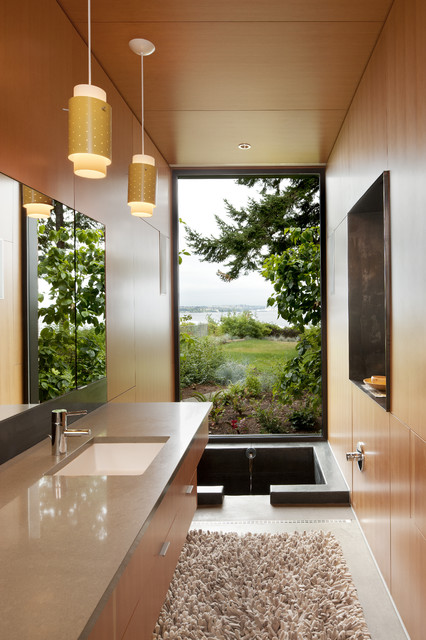
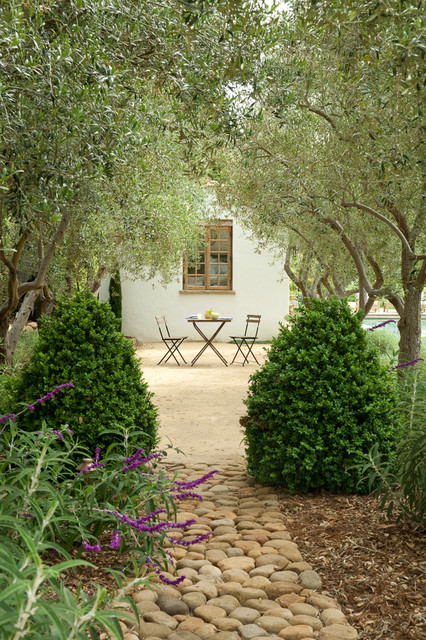


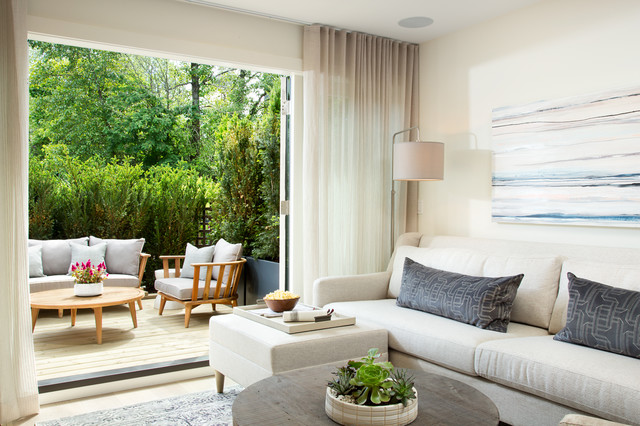
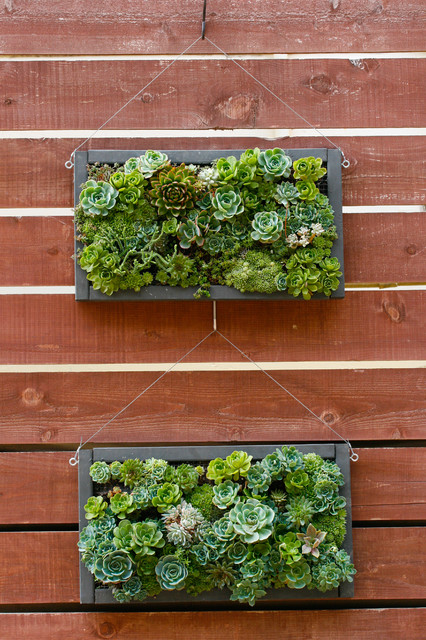
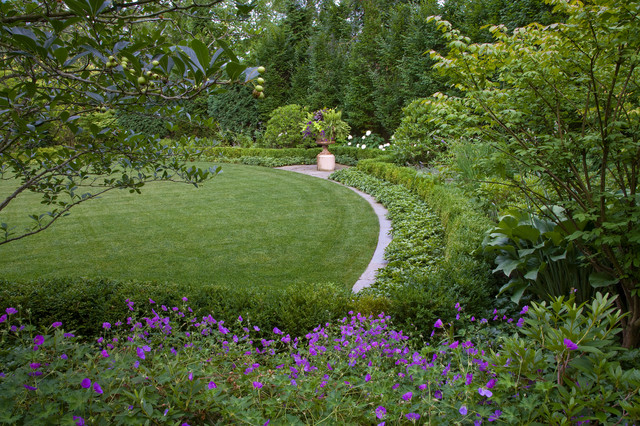
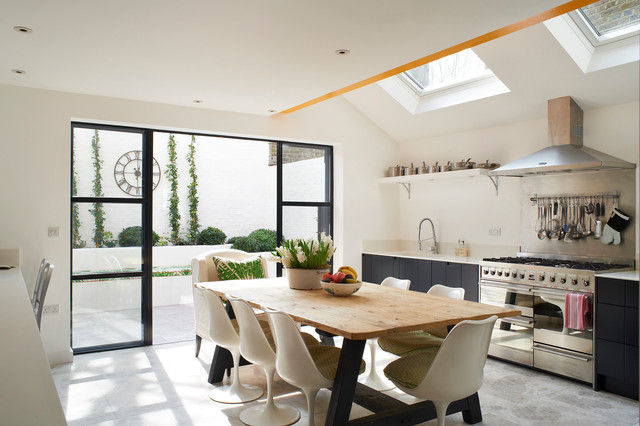
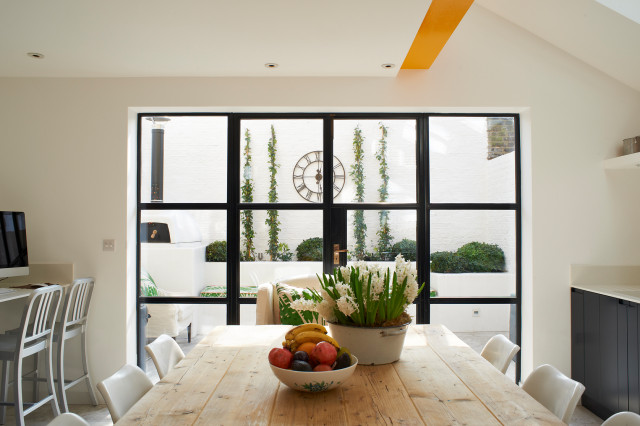
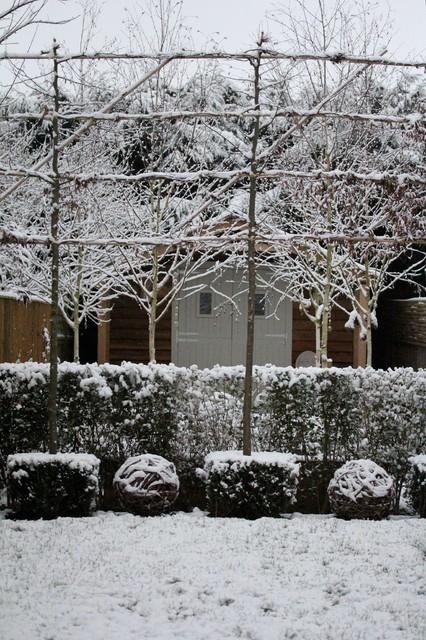
Comments
Post a Comment